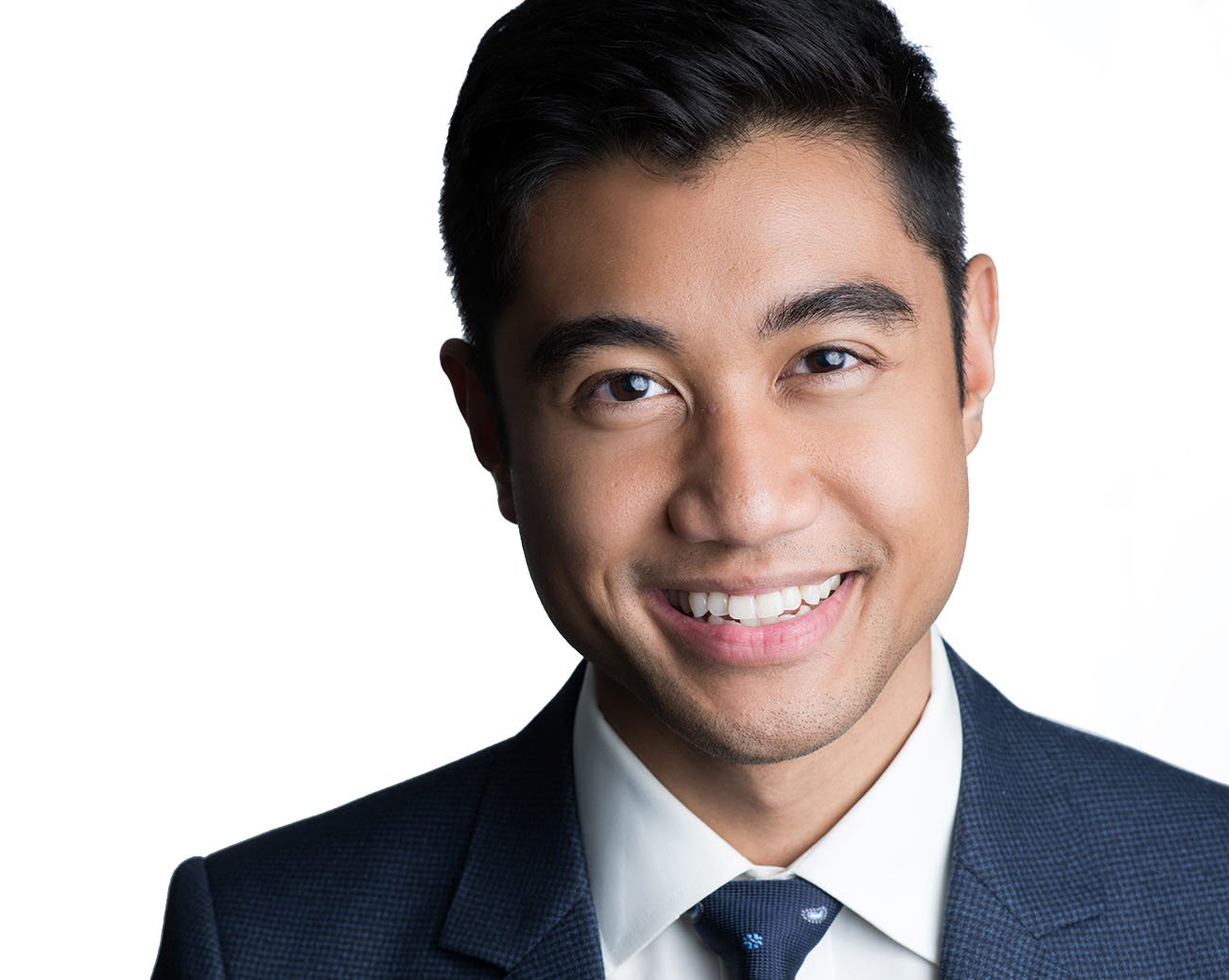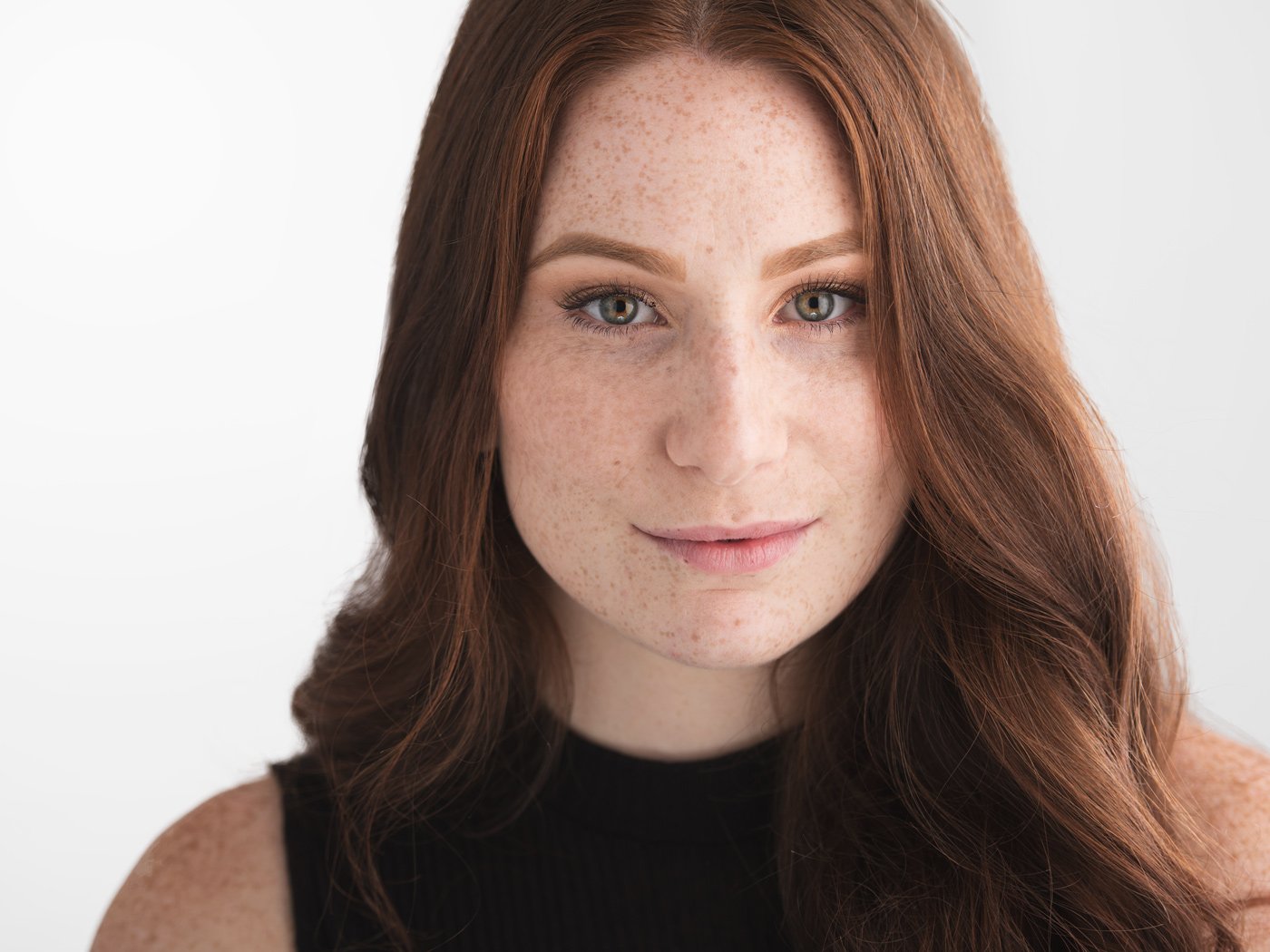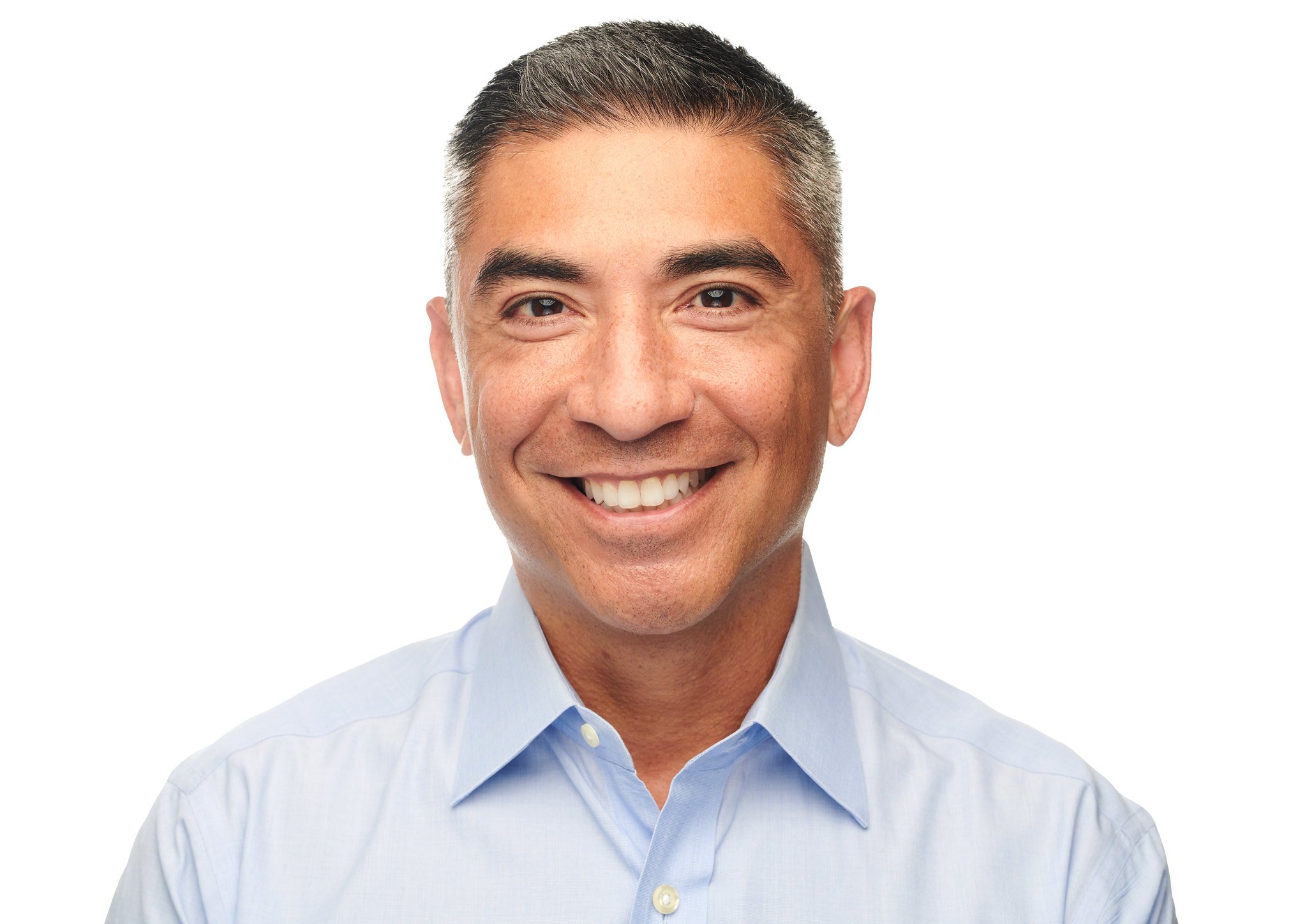3 Great Headshot Examples,What Defines Them, and What Type You Need
Corporate Headshot with commercial styling
Headshot photographers are plentiful. You know how when you run a search on google for something, by the fifth page the results have started to meander a bit and no longer are directly related to the thing you are searching for?
Example:
You run a search for peanut butter jar manufacturers (because you wanna take on big peanut butter, good on you). As there are only so many peanut butter jar manufacturers in the world, by the fifth page, google has run out of companies in the world that manufacture peanut butter jars. And so, not to be embarrassed that they can no longer give you peanut butter jar manufacturers, they start throwing in things that are related to peanut butter jar manufacturers, and by the tenth page of results you’re reading about peanut shaped balloon animals.
This is not the case with headshots in a local market. Even twenty pages back, that direct search is still going strong. Entry 139 is Jim the Headshot Photographer and entry 140 is Jim The Headshot Photographer’s mom - the amount is dizzying.
And so, with this said, how do you make a decision as to who to choose and what type of shot you need and who exactly you need it from? Where do you look for images that work? What examples constitute great headshots and what do not?
The below headshot examples cover the fundamental categories of headshot photography and can help you out as an introduction on what to look for in a session and what sort of images to choose for your career.
Table of Contents
Key Takeaways
Example # - Dramatic
Example #2 - Commercial
Example #3 - Corporate / Professional
Conclusion
Key Takeaways
You need to decide on whether or not you want in-studio or outdoor shots and the market you’re in is largely responsible for that. Los Angeles, for example, has its headshots mostly taken outdoors. New York City, on the other hand, is responsible for mostly in-studio portraits (I’ve always found this ironic, given that indoor space is much more expensive and less available than Los Angeles).
Are you a commercial or dramatic actor? Commercial images are much airier, friendly, and the subject is smiling 100% of the time. Dramatic, or legit, headshots on the other hand are much moodier, serious, and don’t involve any sort of smile at all. Additionally, lighting setups for a headshot are completely different when going from commercial to dramatic. As different headshot photographers have different strengths, you can at least start at deciding on whether or not a photographer’s style is geared more towards commercial or more towards dramatic when making your decision.
Your best angle is generally straight on.
The headshot needs to look natural and it needs to look authentic to you - regardless of whether it’s studio dramatic/commercial/outdoors. If you’re a serious person, your expression should be serious. If you’re a super friendly and smiley person, your expression should be sort of super smiley and friendly.
A Dramatic headshot is referred to as legit
Darker, more natural colors are better for dramatic headshots as they distract less from the overall mood and tone of the image.
Lighter, airier, and more colorful clothing is better for commercial portraits and headshots, however, and give the image a more upbeat mood.
Example #1 - In Studio Dramatic
In-studio shot with Dramatic lighting
What Is a Dramatic Headshot?
A dramatic actor headshot is a specialized portrait that conveys depth, intensity, emotion, and is designed to highlight an actor's ability to portray serious and impactful roles. These headshots are an actor’s primary tool aimed at landing roles in dramas, thrillers, or other genres that require a serious tone. Unlike commercial headshots that often aim for a bright and approachable feel, dramatic headshots focus on evoking a mood that runs parallel to the story’s seriousness and tone.
Lighting in dramatic or legit headshots tends to involve much more use of shadow and mood than commercially lit images (which involve almost no-shadow) and there is a massive difference between the lighting you will find in an in-studio session and an outdoor session. As the photographer has complete and total control over an in-studio session, the lighting will typically involve more of the below aspects:
Low-Key Lighting: Often used to create shadows and depth, low-key lighting adds contrast and drama to the face.
Directional Lighting: Techniques like short lighting (illuminating the side of the face away from the camera) can enhance the contours of the face, adding a moody, three-dimensional effect.
Modifiers: Softboxes or grids can create controlled highlights while maintaining a dark, cinematic feel.
This being said, in-studio dramatic are in my own local market the most common form of portraits in this list of examples. And going a step further, the vast majority of them are photographed with studio lighting (as opposed to a daylit studio). As far as the expression goes, you generally want a mixture of two things. You want the expression to be neutral and you want the expression to convey authority - that’s mostly it. And most importantly you want the expression to look natural.
Wardrobe choices should support the tone of the headshot. Darker, solid colors such as black, navy, or gray are common, as they emphasize the face and lend a serious undertone. Avoid busy patterns or bright colors that can detract from the mood.
Background
Dramatic headshots typically use darker or neutral backgrounds to keep the focus on the subject. Subtle gradients or textured backdrops can add dimension without overwhelming the image.Framing and Composition
Tight framing around the face and shoulders keeps attention on the subject. Minimalism in composition emphasizes the actor's expression and presence, making every detail of the performance-ready look matter.
The Purpose of Dramatic Headshots
For actors, the purpose of a dramatic headshot is to highlight their ability to portray serious characters and to underscore their range of emotions. It’s that emotional range that allows the actor to express an oftentimes complicated and complex character.
In the corporate world, a dramatic headshot is used to convey authority and expertise - lending the voice behind the headshot credibility and competence.
Modeling is an entirely different world unto itself and split between the terms fashion and commercial. Fashion is more like Vogue, Numero, and Harper’s Bazaar, whereas commercial is more like advertisements seen at larger retail brands. If doing fashion, the headshots are dramatic. If doing commercial, the headshots are light and airy.
Example #2 - In Studio Commercial Headshot
Commercial Actor Headshot
In the world of photography, commercial headshots are the charming, approachable cousins of their moody and intense sibling, the dramatic headshot. They’re bright, friendly, and tailored to convey one message: “You can trust this person.” Whether it be for a business professionals, actors, or marketing materials, a commercial headshot is designed to sell a personality, a brand, or an idea in the most accessible way possible.
But don’t let the simplicity fool you, however. Nailing a commercial headshot takes more than just pointing a camera at someone instructing them to smile. It’s an art form that blends technical skill with an intuitive understanding of the subject’s goals and, most importantly, a friendliness and approachability of the person behind the camera that gets that expression to begin with. Below are the essential ingredients behind a great commercial headshot.
Examples of good commercial images in this arena include:
Lighting: Bright and Flattering
Commercial headshots are all about approachability. Sculpted shadows and high contrast are not generally found within the commercial headshot realm —this is the realm of soft, flattering light that makes your subject look their best without drawing attention to the lighting itself. The entire purpose of a commercial portrait is to sell a person that will be selling a product.
Remember that.
Expression: Confident, Warm, and Friendly
The hallmark of a good commercial headshot is a genuine expression. Think warm smiles, relaxed body language, and eyes that say, “I’m here to help.” Forced grins or overly posed stances can feel fake and alienating—exactly what you’re trying to avoid.
The trick? Talk to your subject. Crack a joke, ask them about their favorite vacation spot, or play their favorite playlist. A natural smile is always more engaging than a staged one.
Wardrobe: Clean and Professional
Stick to solid colors that complement the subject’s features and avoid busy patterns or logos (unless the brand requires it). For professionals, a classic button-down shirt, blazer, or blouse works wonders. Actors might go for something a bit more relaxed, like a fitted t-shirt or a casual sweater, depending on the roles they’re targeting.
Background: Neutral and Non-Distracting
In most cases, commercial headshots use neutral backgrounds—white, gray, or softly blurred natural settings. The goal is to keep the focus squarely on the subject while maintaining a clean, polished look.
Pro Tip: A subtle gradient or slight texture in the background can add depth without pulling attention away from the person.
Example #3 - In-studio Corporate Headshot
Corporate Headshot shot on site at client’s office
What Are Corporate Headshots?
Corporate headshots, synonymous with Linkedin headshots, are polished and professional images designed to exude confidence and authority over one’s given area of business. These portraits are designed to project competence, credibility, and trustworthiness, and they’re anymore as much of a requirement as a resume itself; more so in reference to your digital presence.
This being said, the internet has done a lot for portraiture in general and the day and age of stiff-looking headshots or people in front of blue, sponged backgrounds are (blessedly) over. A well-executed corporate headshot balances professionalism with relatability while at the same time conveying personality and modernity.
Basically, corporate headshots can be cool. And the cooler your corporate headshot, the more valuable your personal brand.
Why Are Corporate Headshots Important?
Corporate headshots are more than just a photo—they’re a branding tool. Whether it’s for an individual professional or an entire team, these images communicate key values like competence, reliability, and professionalism.
Common Uses:
LinkedIn Profiles: A professional headshot increases credibility and helps make a strong first impression.
Company Websites: Consistent team headshots enhance a company’s brand image.
Press and Media: A polished headshot is essential for press releases, interviews, and speaking engagements.
The Evolution of Corporate Headshots
Gone are the days of stiff, lifeless portraits that look like passport photos. Today’s corporate headshots strike a balance between formal and modern, reflecting the evolving workplace culture. They’re designed to show personality without compromising professionalism.
Final Thought: Professional, Not Pretentious
Corporate headshots are about walking the fine line between formal and friendly. When done right, they’re more than just a photo—they’re a professional’s calling card, a company’s image, and a gateway to connection and trust.
Conclusion
Headshots have evolved considerably since the days of analog but are remarkably important. Despite the myriad use cases for headshots, the three above referenced (dramatic, commercial, and corporate) still represent the fundamental three seen most commonly and which all others typically branch out from.




